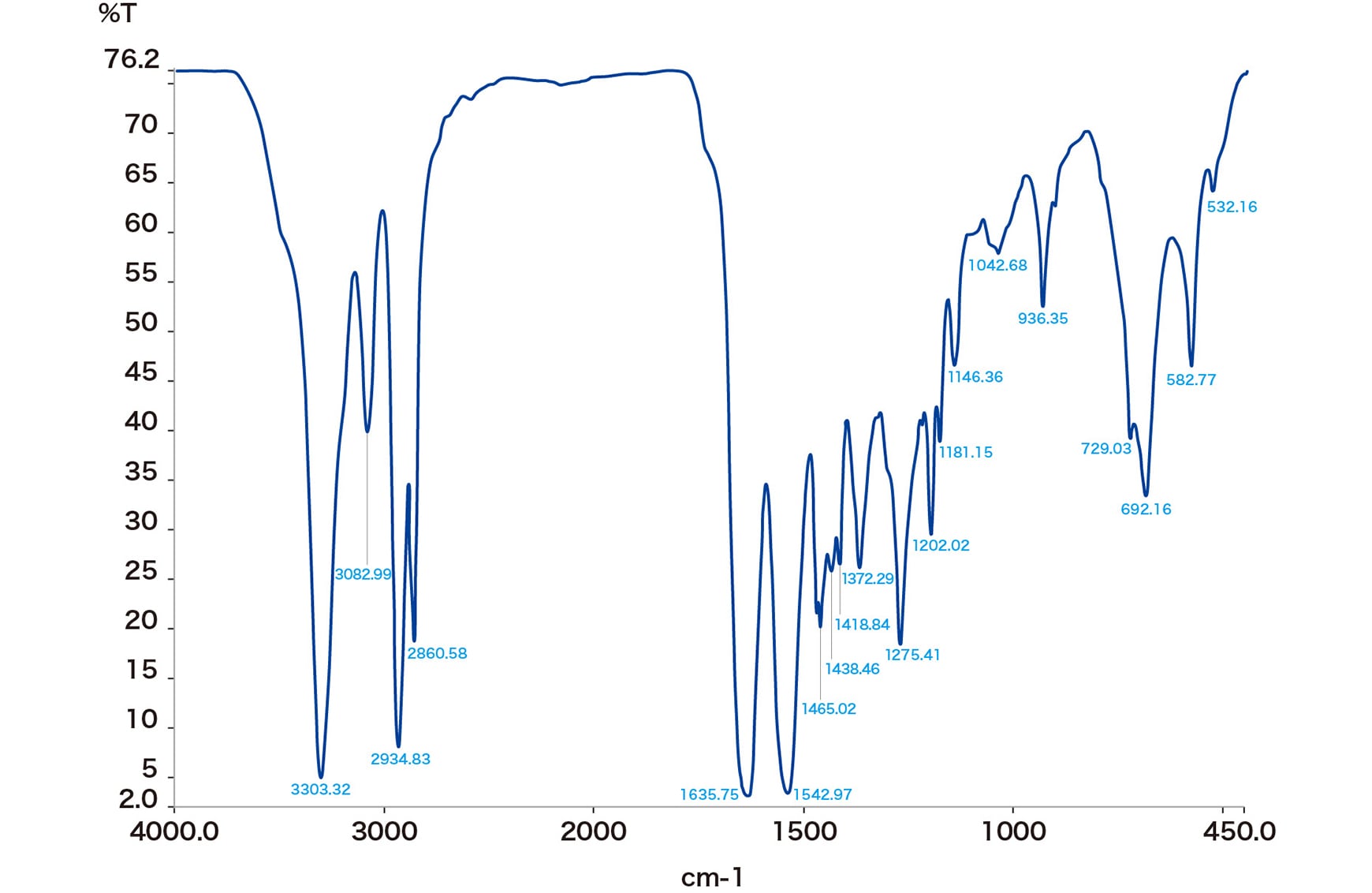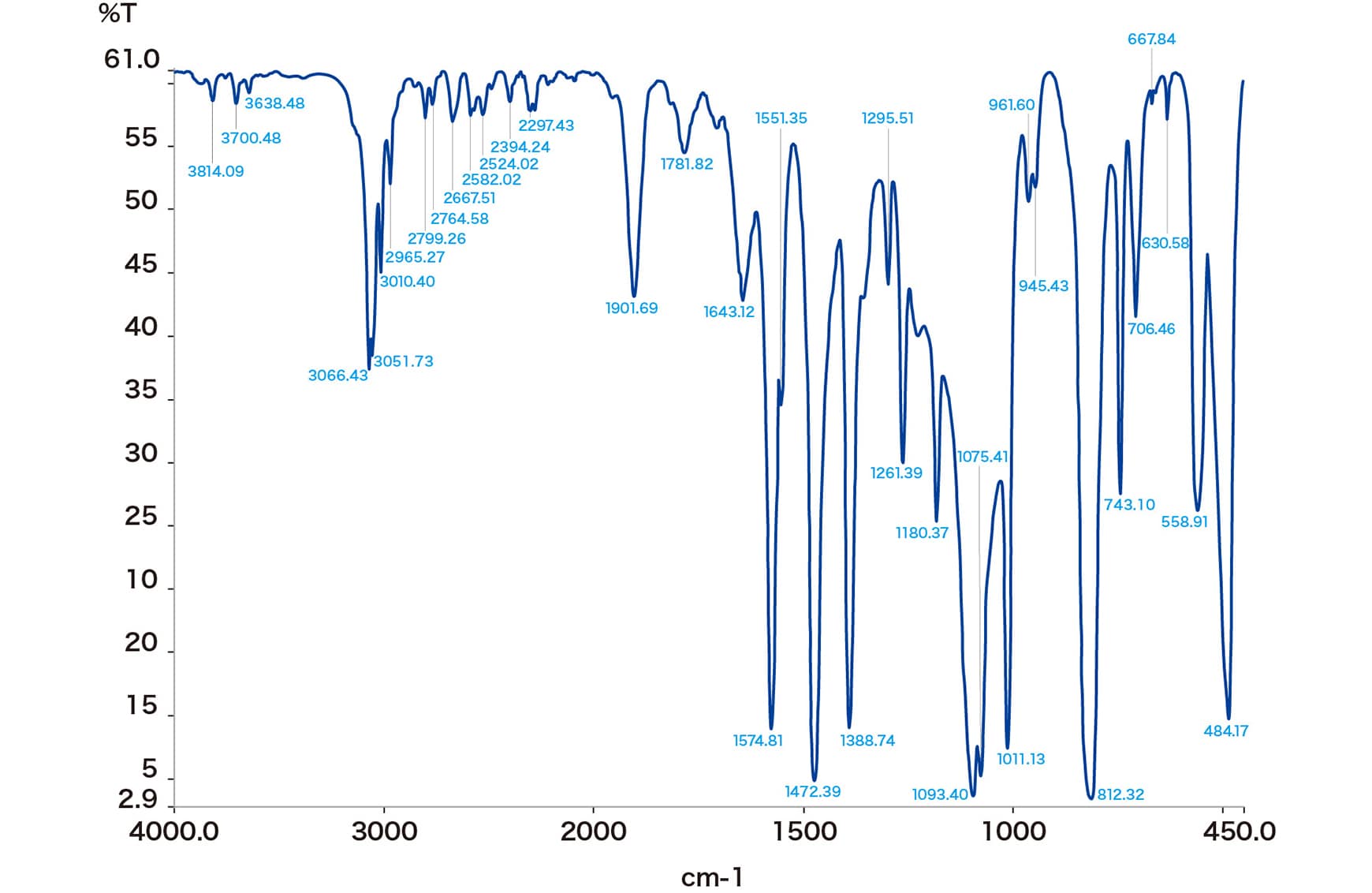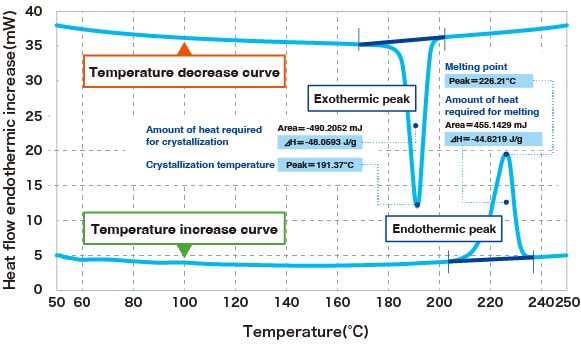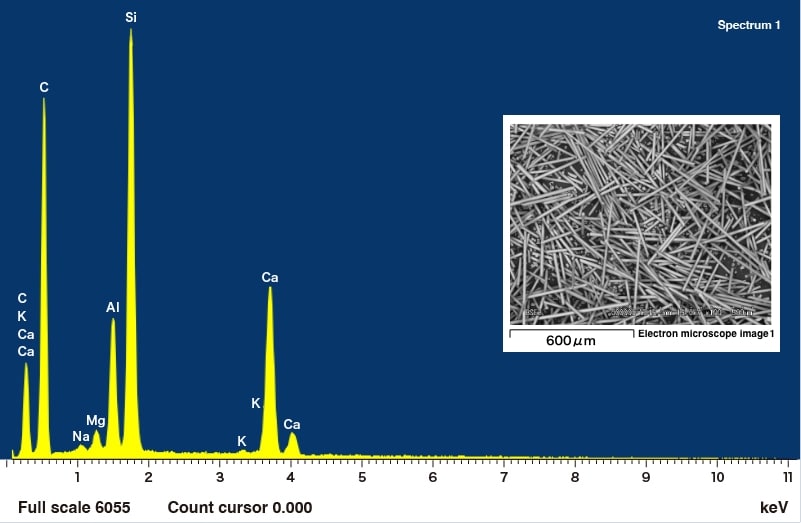- HOME
- Technical Information
- CAE Analysis, Analysis and Processing Technologies
- Analysis Technologies
- Instrument Analysis
Instrument Analysis
The most common instruments used in resin analysis are infrared spectrometers (FT-IR) and differential scanning calorimeters (DSC).
In addition to being able to determine the type of resin, these can also be used to evaluate crystal structures and bonded surfaces, depending on how the resin is used.
Another instrument used in conjunction with these is a scanning electron microscope with elemental analysis equipment (SEM-EDX), which can analyze all elements in a microscopic area in a short time frame.
Ⅰ. Infrared Spectroscopy (FT-IR)
When a molecule is exposed to infrared radiation, it absorbs an amount of radiation equivalent to the energy of the oscillations between the atoms that make up the molecule.
The amount absorbed can be used to determine the structure of a compound. This is particularly useful for determining the structure of organic compounds.


Ⅱ. Differential Scanning Calorimetry (DSC)
 Example with PBT resin
Example with PBT resin Many thermoplastic resins, such as nylon, PBT and PPS, change from a solid to a liquid when gradually heated up. The temperature at which this change occurs is called the melting point, and as it is specific to each polymer, it can be used to determine the polymer's type.
Conversely, molten resin changes from a liquid to a solid as it gradually cools down. The temperature at which this happens is called the crystallization temperature. The crystallization temperature of the same resin can vary depending on the components it contains.
Ⅲ. Scanning Electron Microscopes with Elemental Analysis Equipment (SEM-EDX)
When a sample is exposed to an electron beam, many other signals are generated besides secondary electrons.
Among these signals, elemental analysis can detect characteristic X-rays with an element-specific wavelength (energy) on elements between B (boron) and U (uranium).

| Element | Mass Concentration | Number of Atoms |
|---|---|---|
| % | Concentration (%) | |
| Na K | 0.66 | 0.90 |
| Mg K | 1.61 | 2.09 |
| Al K | 11.22 | 13.15 |
| Si K | 46.26 | 52.08 |
| K K | 0.61 | 0.49 |
| Ca K | 39.65 | 31.28 |
| Total | 100.0 |
Example with glass fibers